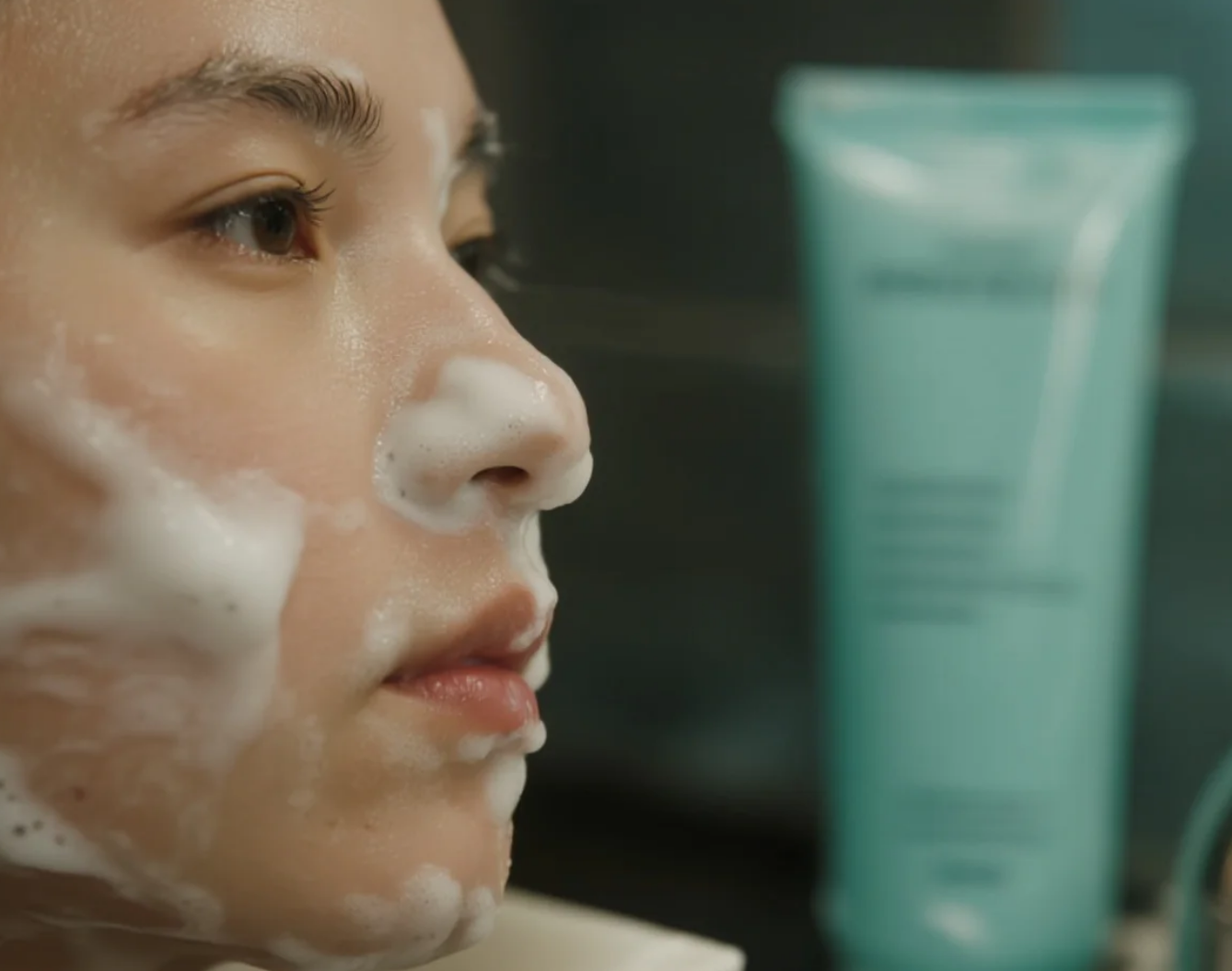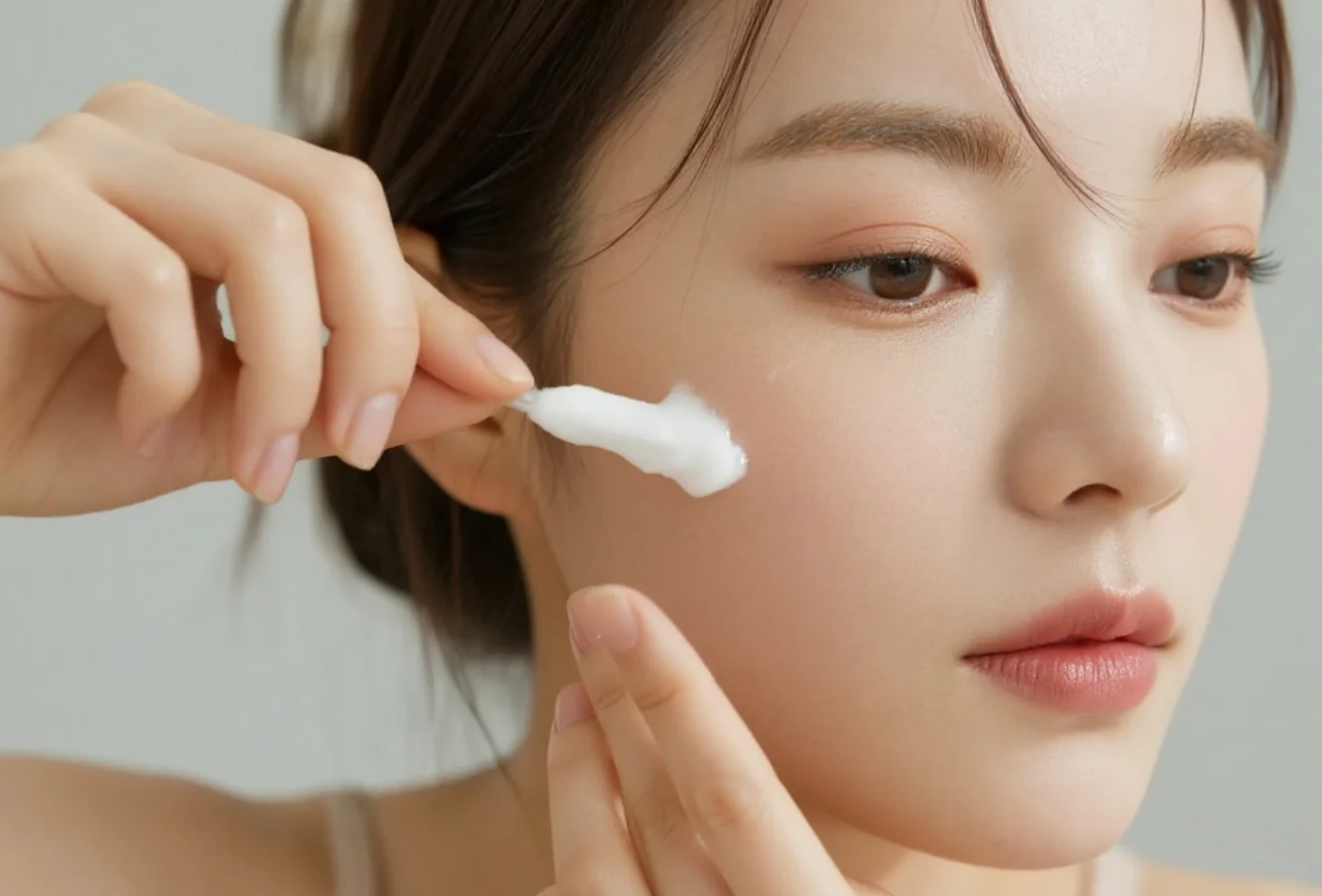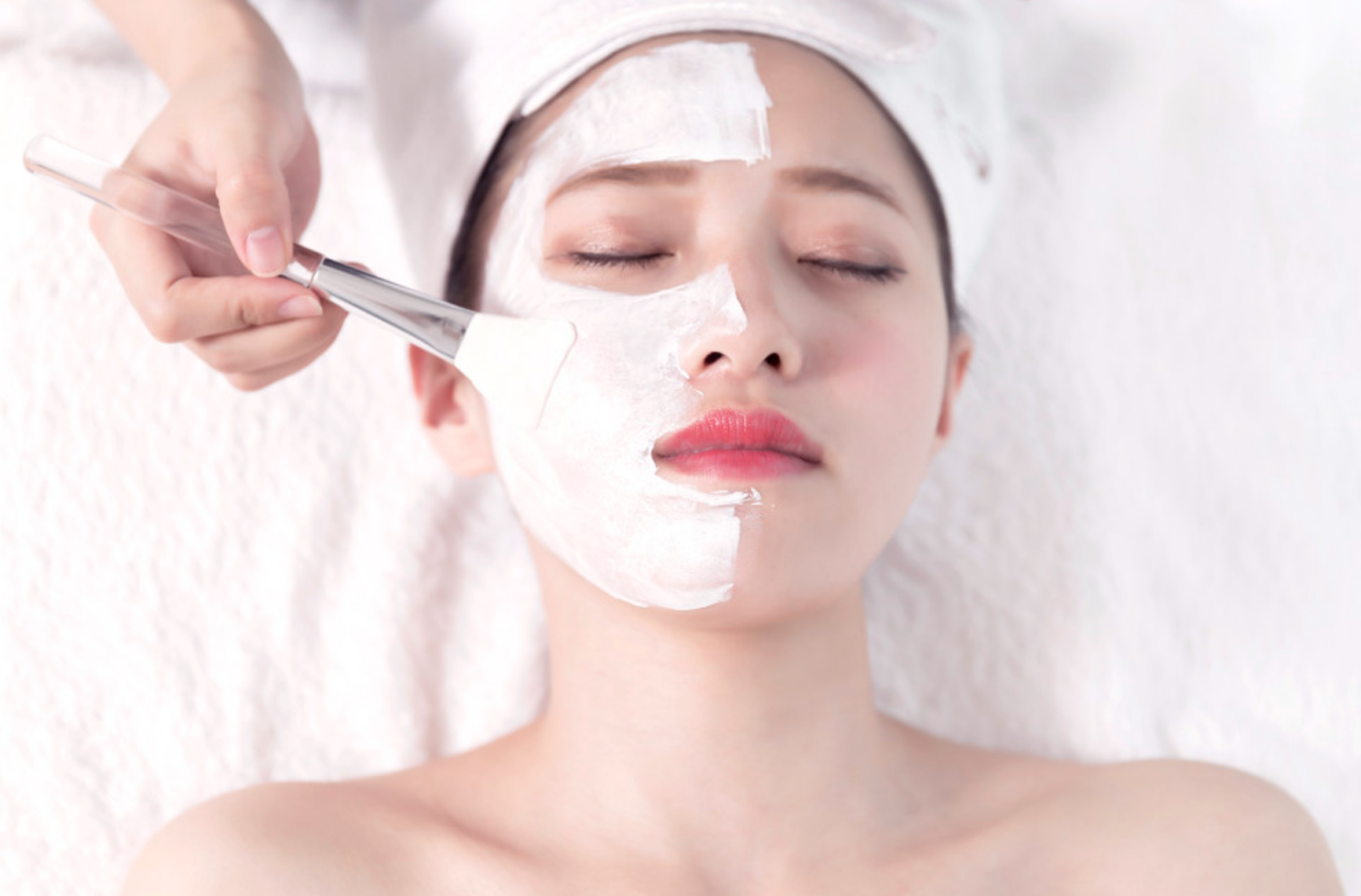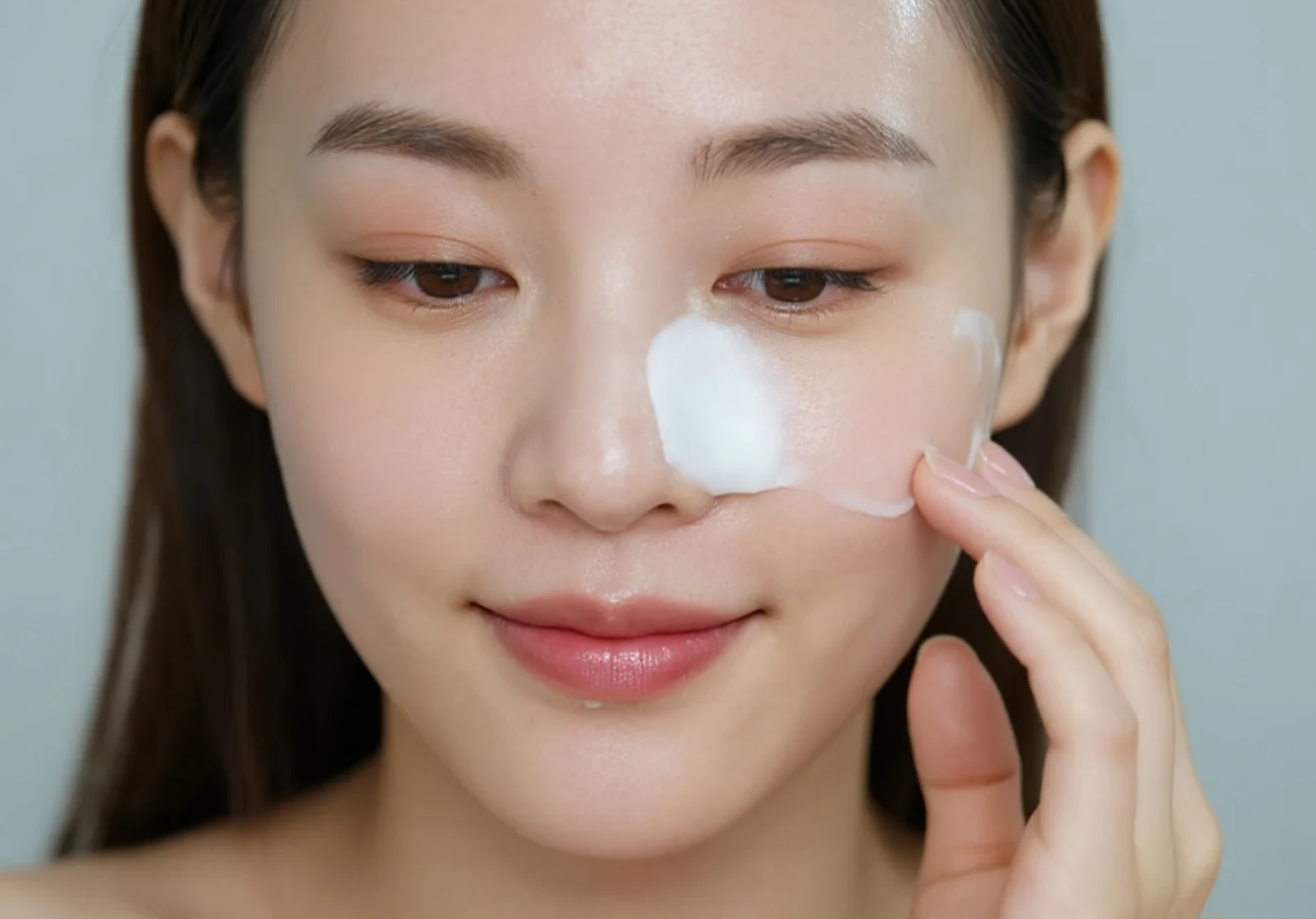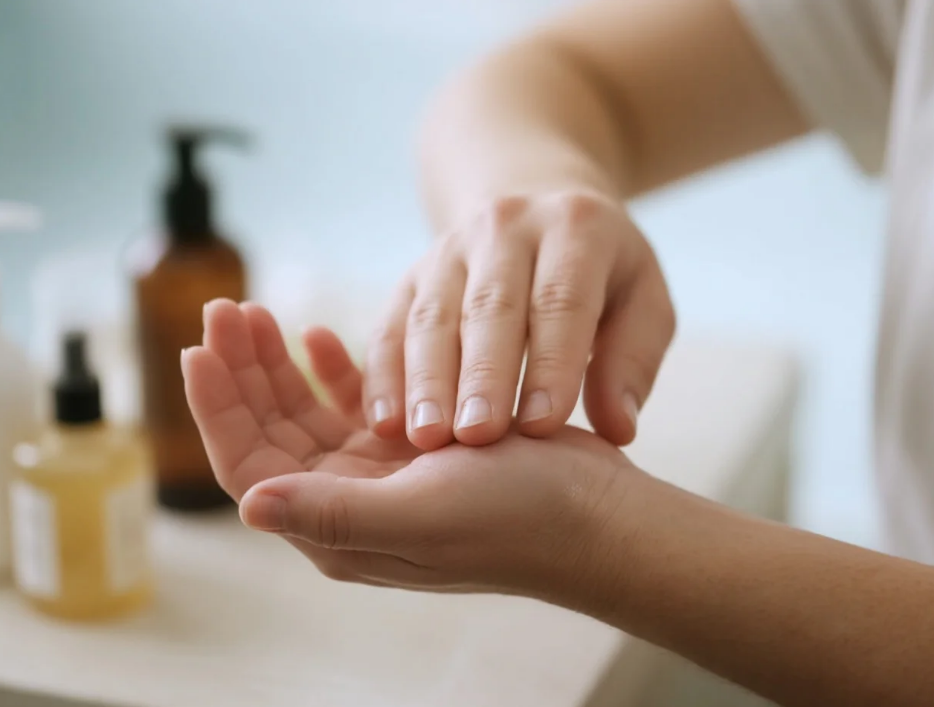Dry, Oily, Combination: How to Determine Your Skin Type?
In the world of skincare, many people take the wrong first step—blindly buying skincare products without understanding their own skin type. Xiao An is a prime example. She's considered a "skincare enthusiast" by her friends, instantly buying any hot product she sees online. However, her hydrating face masks only made her skin drier, and her anti-aging serums caused breakouts within days. She's been switching products, spending thousands of yuan, only to see her skin become increasingly fragile. It wasn't until a dermatologist visit that she realized she'd been using the wrong skincare products: she hadn't understood her skin type.
Skin type is the root of your skincare strategy and the first hurdle in choosing skincare products. Just like a gardener planting plants, different plants require different water and soil requirements. The same applies to skincare. If your skin is like a desert, using rainforest care methods won't only diminish your results but may even exacerbate the problem. Common skin types are categorized as dry, oily, and combination. Each has its own unique characteristics, and understanding them can help you make informed choices amidst the dazzling array of skincare products on the market.
Dry skin is like a patch of dehydrated, fine sand: smooth and even from a distance, but prone to fine lines up close. Its pores are less pronounced, its cortex is thinner, and its sebum secretion is less and more even, lacking a greasy sheen. However, this also means its skin barrier is more fragile, making it susceptible to irritation from cold winds and dry environments. Many people with dry skin experience tightness and even flaking with the changing seasons. In this case, continuing to use a light cleanser and oil-controlling cream will only worsen dryness and cracking. The correct approach is to choose a gentle, hydrating cleanser and a nourishing cream to help lock in moisture and restore suppleness.
Oily skin presents a different story: its sebaceous glands are active, its pores are larger, and it's often accompanied by oiliness and shine. While oily skin is less susceptible to fine lines and aging, it comes at the cost of acne, blackheads, and blackheads. Many people with oily skin cleanse vigorously, even exfoliating frequently. This may feel refreshed for a short time, but the skin quickly compensates with increased oil production, creating a vicious cycle. The smart approach is to choose a gentle, oil-control cleanser and moisturize thoroughly to avoid the "more washing, more oiliness" trap.
 Combination skin is even more complex. It resembles a region with a variable climate: the T-zone (forehead, nose, and chin) is oily, while the U-zone (cheeks and eye area) is prone to dryness. People with this skin type often struggle: using a moisturizing cream makes the T-zone oily; using a light lotion makes the cheeks feel tight. This requires "zoned care": oil-controlling and refreshing the T-zone, while moisturizing and nourishing the U-zone. It's best to have two sets of skincare products with different benefits, alternating between them to maintain overall balance.
Combination skin is even more complex. It resembles a region with a variable climate: the T-zone (forehead, nose, and chin) is oily, while the U-zone (cheeks and eye area) is prone to dryness. People with this skin type often struggle: using a moisturizing cream makes the T-zone oily; using a light lotion makes the cheeks feel tight. This requires "zoned care": oil-controlling and refreshing the T-zone, while moisturizing and nourishing the U-zone. It's best to have two sets of skincare products with different benefits, alternating between them to maintain overall balance.
So, how can you determine your skin type? The method is simple. The simplest method is the cleansing method: Wash your face at night without applying any skincare products. Observe your skin the next morning. A dry, tight face might indicate dryness; an oily T-zone and dry cheeks indicate combination skin; and a shiny, shiny face suggests oily skin. Another method is the oil-blotting paper method: One hour after washing your face, gently rub oil-blotting paper over your forehead, nose, chin, and cheeks. If oil is only visible in the T-zone, it's likely combination skin; if it's visible all over, it's oily; and if it's barely visible, it's probably dry. Of course, these methods are only preliminary. For a more precise diagnosis, visit a doctor and have specialized equipment such as polarizing filters or a skin tester analyze your skin's hydration, oil production, and barrier function.
Once you understand your skin type, it's like having a skincare "treasure map." This not only helps you avoid unsuitable products and avoid pitfalls, but also allows you to invest more effectively and efficiently in your skincare routine. You may find that a cabinet full of bottles and cans may only need a few core products that suit you to stabilize your skin. For businesses, this is also the beginning of your return as a repeat customer—when you experience the improvement brought about by skincare products that truly suit you, you'll naturally develop trust and repeat purchases.
Skincare isn't about more is better; it's about finding the right treatment for your skin. Dry skin requires deep nourishment, oily skin requires both oil control and hydration, and combination skin requires flexible adjustments. Remember, skincare isn't about "using what everyone else uses," but rather "using what my skin needs." When you take the time to understand your skin type, it's like signing a long-term health contract with your skin—it will reward you with a stable, delicate, and radiant complexion.
